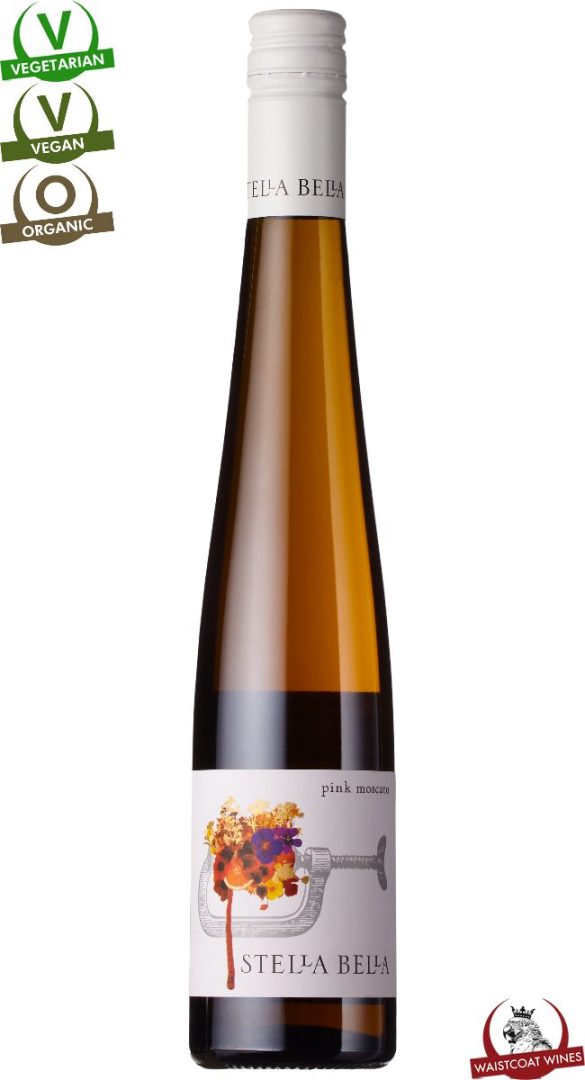Producer Profile
Stella Bella is a leading producer in the Margaret River region. Established in 1998 by Stuart Pym, who remains with them today as their Consulting Winemaker, Stuart oversees Senior Winemaker Luke Jolliffe aand viticulturist Steve Martin. Stella Bella owns 5 exceptional vineyards throughout the cooler and increasingly prized central and southern areas of the Margaret River wine region, one of which, the Suckfizzle vineyard, is the most south-westerly vineyard on the continent. The Stella Bella wines have been highly reviewed and awarded internationally with 5 red stars with James Halliday (the highest accolade for a wine producer) and numerous gold medals and international trophies including the Mission Hill Trophy from the International Wine & Spirit Competition for Top International Chardonnay
Viticulture
Their philosophy regarding viticulture is simple, and that is to operate in a manner that consciously respects the vineyards that they tend as well as the local environment. Minimal chemical inputs and fertilisers are used along with minimal intervention as – aiming for vine balance. Stella Bella are acutely aware of the environmentally pristine nature of this part of the world and manage their vineyards accordingly. An example of this is their recent introduction of Cryptolaemus montrouzieri (the Australian Native Ladybird) to predate on mealy bugs. This has been a very successful natural control measure. Unlike almost all other wine producing regions, because Western Australia is free from Phylloxera, Stella Bella wines are all on their own roots, and not on rootstock, which arguably gives them a purer expression of the various cultivars grown and the respective sites they are planted in. Fruit is picked on a combination of flavour, vine condition, sugar/pH/TA and intuition. They pick across a spectrum of ripeness levels for complexity. Every block is picked and vinified separately for maximum blending options. Swards of rye and clover have been planted to help prevent soil compaction and to assist in fixing nitrogen. The vines are all trellised using Vertical Shoot Position (VSP), and are spur-pruned with the exception of a couple of older blocks of Cabernet Sauvignon and Sauvignon Blanc that are cane pruned. Spur-pruning helps to ensure that the spur spacing results in the correct shoot spacing in the canopy, which in turn leads to well-exposed leaves and fruit. This results in them obtaining the optimum balance between leaves, canes and bunches.
Winemaking
The Muscat grapes are cooled before crushing in the press and remain on their skins for up to 24 hrs to extract colour and flavour. After pressing, the juice is settled bright, and then fermented cold with an aromatic yeast strain. When the desired alcohol level is reached, the fermentation is stopped by rapid cooling in order to maintain the natural grape sugars and the carbon dioxide gas evolved during the fermentation process. Bottling occurs in May of the vintage year, in time for a spring release.
Oak Treatment
No oak treatment.
Tasting Note
A blushing pink bouquet of exotic fragrances of rose petals, musk and spicy Turkish delight. Lightly sweet, delicately fizzy with a bright acidity and full of the fresh flavours of gooseberries, lychees, sautéed summer berries and rose water.
Food Matching
Pannacotta with raspberry jelly or creamy blue cheese and dried muscatels.

